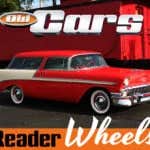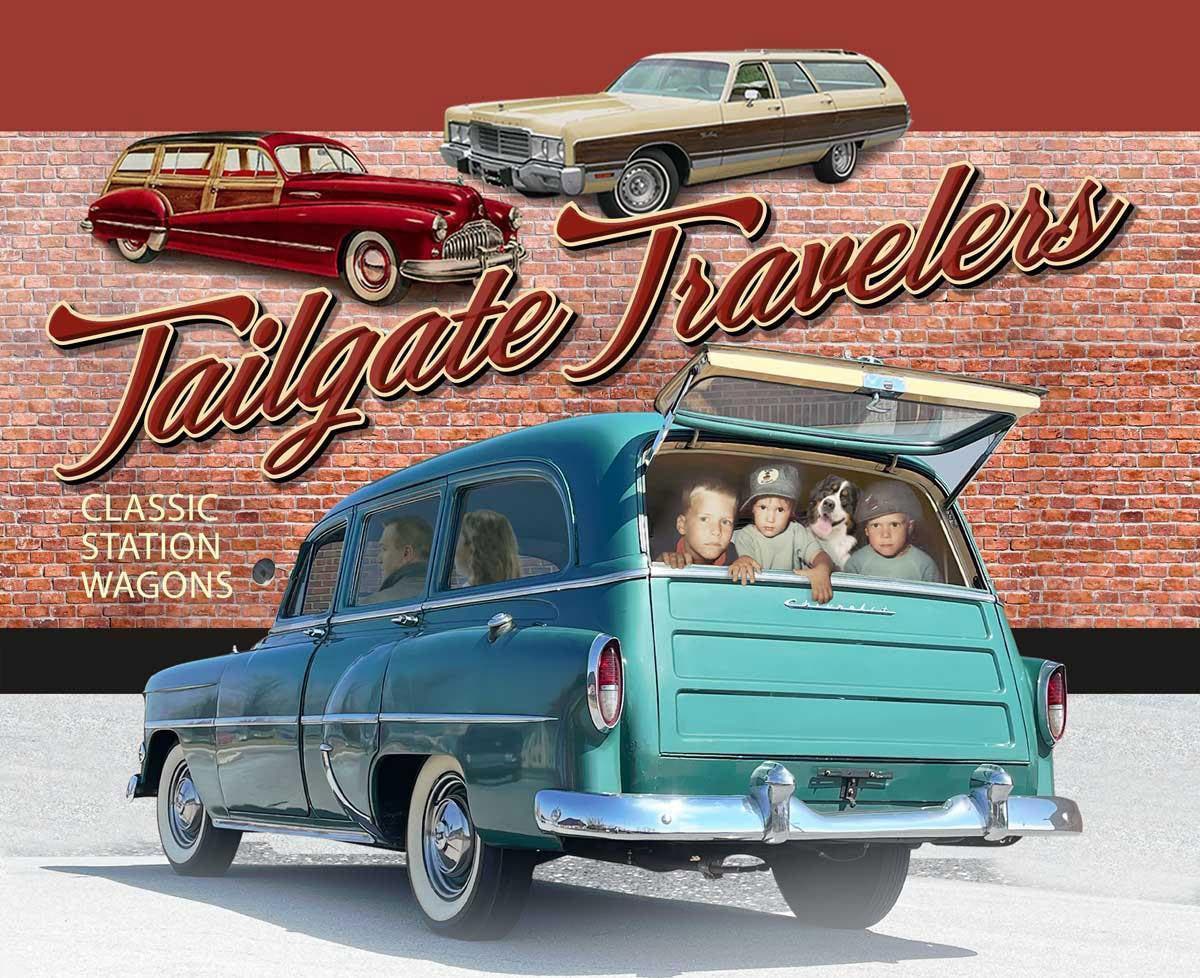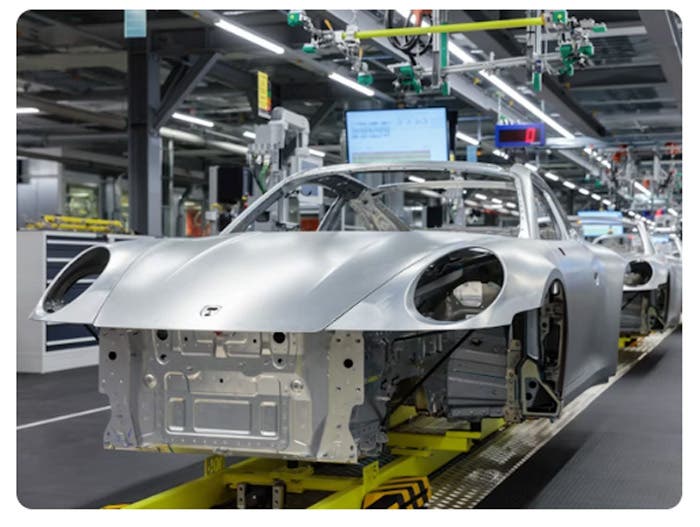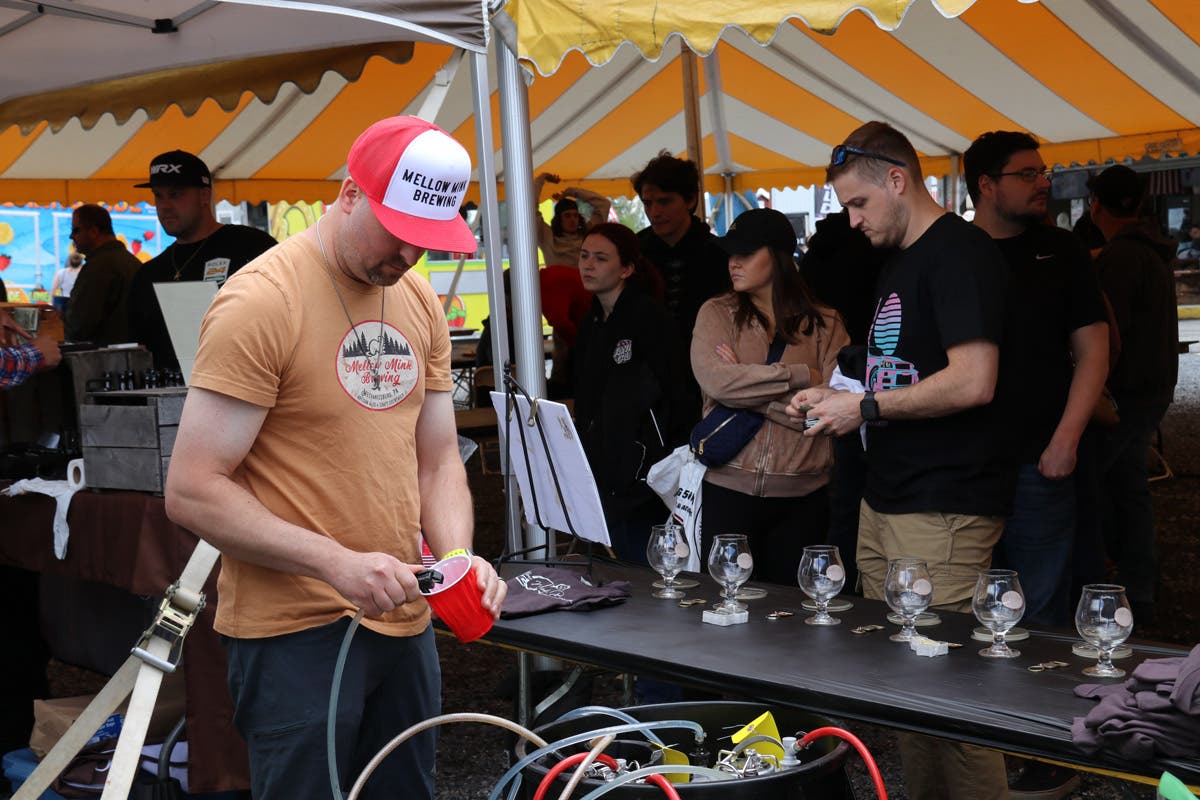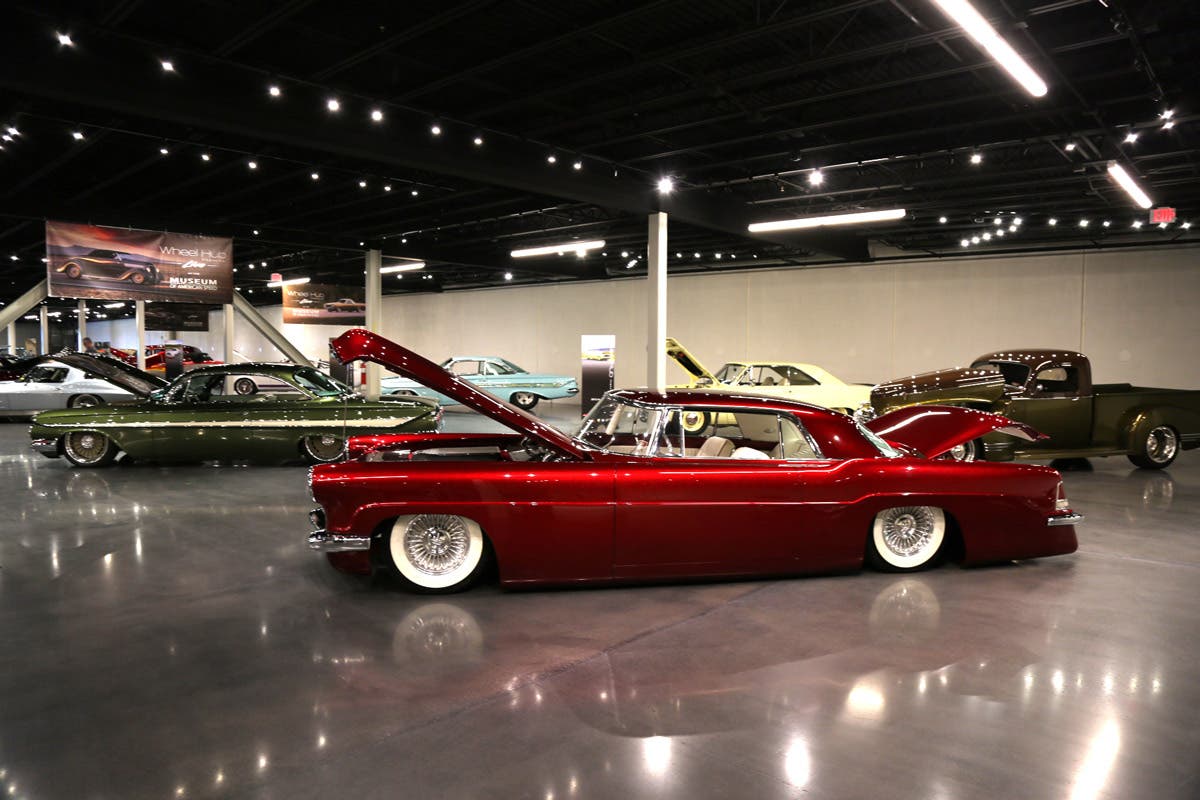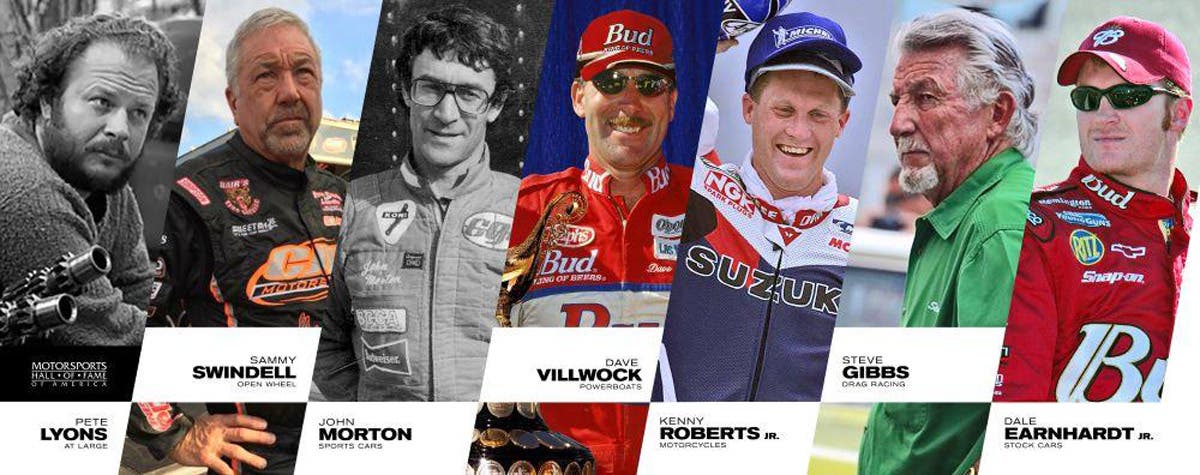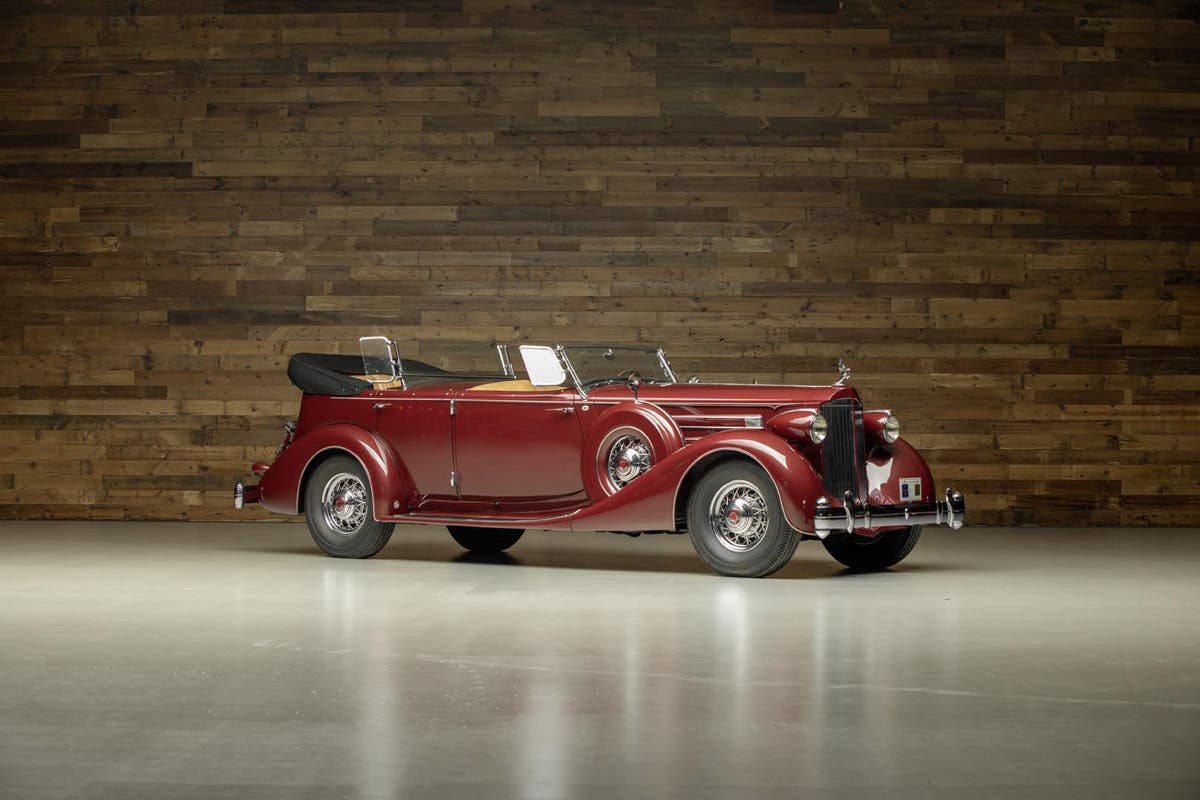Drag racing pioneer Art Chrisman honored
Few names in hot rodding and drag racing carry the cachet of Art Chrisman. His success on the dry lakes and dragstrips of America is the stuff of legend. Chrisman’s…
Few names in hot rodding and drag racing carry the cachet of Art Chrisman. His success on the dry lakes and dragstrips of America is the stuff of legend. Chrisman’s ability to do everything — from building a car to breaking speed records with it to wrenching on it between runs — remains unparalleled in racing lore. Most of his accomplishments were achieved on modest budgets in an era when technology was still in its formative stages.
Chrisman continues to serve as an inspiration to racers and automotive engineers worldwide. The Petersen Automotive Museum honored him with the 2015 Robert E. Petersen Lifetime Achievement Award at the annual Specialty Equipment Market Association (SEMA) Awards Breakfast.
Chrisman got his start just after World War II in his family’s garage in Compton, Calif. He followed the examples set by his uncle, Jack Chrisman, and his brother, Lloyd Chrisman, who had been building cars and racing them on the dry lakes of Southern California. In 1955, Chrisman became one of the first men to do 140 mph on a dragstrip while driving his famous “25” car at Famosa Raceway in Bakersfield. After that, he built what would be one of his most famous cars, “Hustler,” which broke the 180-mph barrier and was the first car to run a parachute.
Chrisman was also one of the original five charter members of the Bonneville 200 MPH Club, a feat he accomplished in 1952 while driving Chet Herbert’s “Beast” at an official speed of 235.910 mph. After his racing career, Art took a position with Autolite and became renowned as the guru of reading spark plugs. He continued to support the industry in this capacity for some time, eventually returning to building cars in his shop in Santa Ana, California.
Reflecting on his career, Art Chrisman said, “When I got into racing on the dry lakes, I never could have imagined that it would change my life like it did. This is beyond my wildest dreams. I did it because I wanted to do it, not to make money or be a hero. I feel so fortunate to have had the success that I did and to still be here today to appreciate what the younger guys are doing.”
Previous winners of the Petersen Award include Carroll Shelby, George Barris, Andy Granatelli, The Ford Family, Vic Edelbrock, Jack Roush, Ed “Isky” Iskenderian, Bill “Speedy” Smith, Alex Xydias, Wally Parks and Ed Pink.
For more information about the Petersen Automotive Museum, visit www.Petersen.org or call 323-930-CARS.


